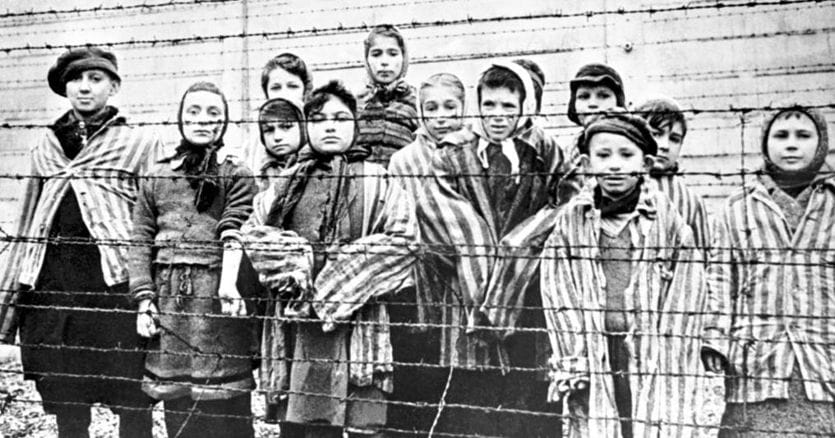The volume “Contourner le vide: écriture et judéité (s) après la Shoah” focuses on the presence of Hebrew scriptures in the aftermath of the void left by the extermination
by Riccardo Bravi
The volume “Contourner le vide: écriture et judéité (s) après la Shoah” focuses on the presence of Hebrew scriptures in the aftermath of the void left by the extermination
2 ‘of reading
It was 1962 when a great Tunisian-Jewish writer, Albert Memmi, who died a few months at the ripe old age of 99, used the term judéité for the first time, recontextualizing the broad spectrum of Jewish identity in a definition that would represent the starting point. (or, perhaps, re-starting) for all those who will engage in investigations of this kind in the years to come.
In fact, Memmi will specify that the term he coined will serve to denote a personal and original approach to belonging to Judaism, differentiating it from the set of religious doctrines and institutions that belong to it in a broad sense.
Loading…
The twentieth century has taught us that people have always tried to escape from the word “jew”; affixing to it a purely negative label subsumed in that fear of the Other called “anti-Semitism” – Jean-Paul Sartre, as will be recalled in the introduction, was one of the first to deal with it in memorable pages -, it is as if the Jew embodied a être-de-carence, to quote Memmi again, a being that, compared to other human groups, has almost entirely shortcomings not so much physical but mostly socio-cultural, however well argued by the “specialists” on the subject, who lead it to mortify and consequently to make his own person, his own originality completely disappear.
“Why Jewishness?”
Precisely with the question “Pourquoi la judéité?” opens the volume “Contourner le vide: écriture et judéité (s) après la Shoah”, Florence, Giuntina editore, pp. 123, euro 15, curated by two researchers, Francesca Dainese and Elena Quaglia, and assisted with the supervision from above by Gorris Camos and the Doctoral School in Humanities of the University of Verona, who have made an interest in this field of study is their daily bread. The volume, consisting of eight interventions in French and one in Italian, studies the presence of Hebrew writings in the aftermath of the void left by the extermination, a void which in turn gives them consistency and a sense of belonging to a common destiny and history.
Among the items analyzed – by the Sephardi Albert Cohen, Edmond Jabès, Hélène Cixous, Patrick Modiano to the Ashkenazis Serge Doubrovsky, Georges Perec, Jean-Claude Grumberg, Marc Weitzmann, to end with a study by Alberto Cavaglion on Giorgio Bassani -, some however ( almost) “anonymous” in the Italian literary panorama, either for lack of interest or for lack of “elective affinities” with the Italian academic “establishment”, the reasoned placement of the same in the book stands out: the recovery of the Hebrew biblical link and the confluence of multiple voices in Jabès’ poem will lead to the reflections of Albert Cohen, a critic both of Jewish culture and traditions and of Western customs. Followed by authors such as Georges Perec, Serge Doubrovsky and Patrick Modiano whose works are characterized by the apparent common absence of a real Jewish heritage, also experienced as a meeting-clash. Jean-Claude Grumberg, Hélène Cixous, Marc Weitzmann and Giorgio Bassani will close this exciting fresco, bringing to the surface those judéités which, precisely through non-being, give fullness of their testimony.
